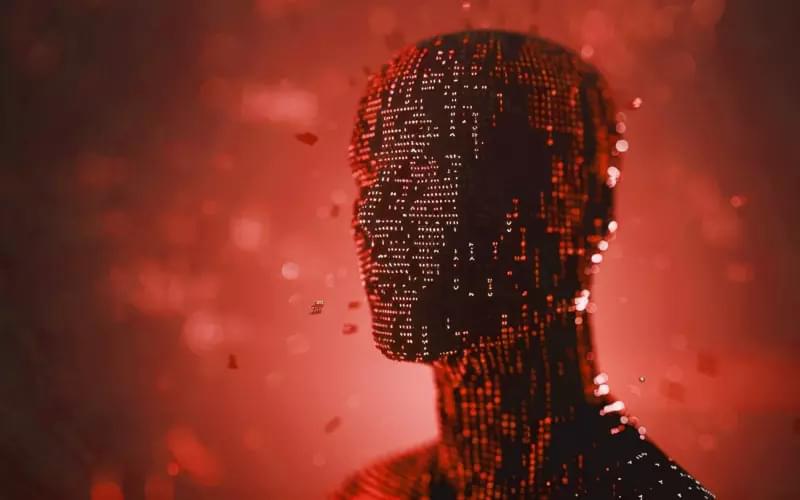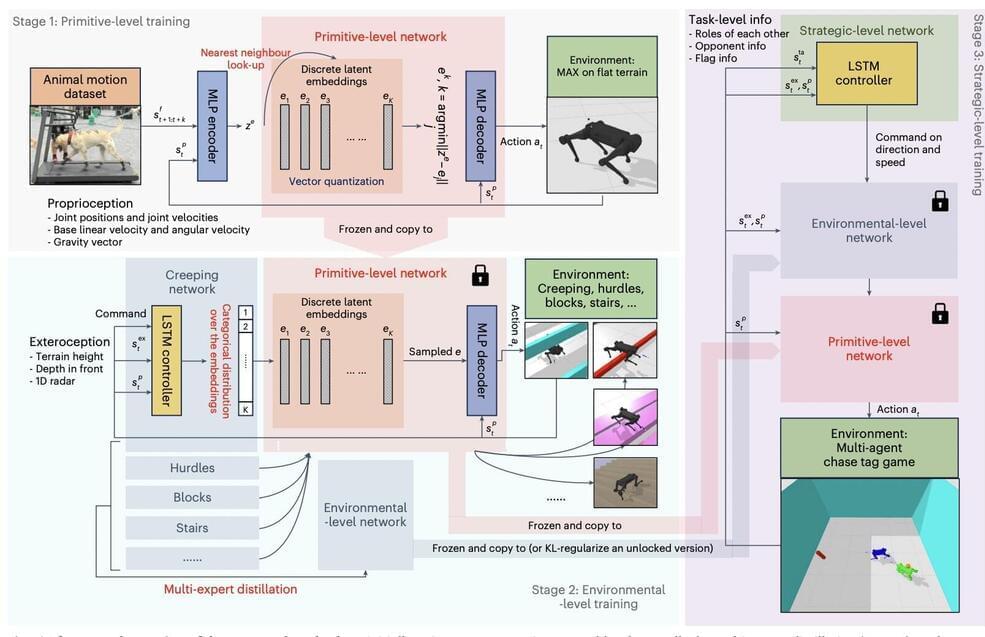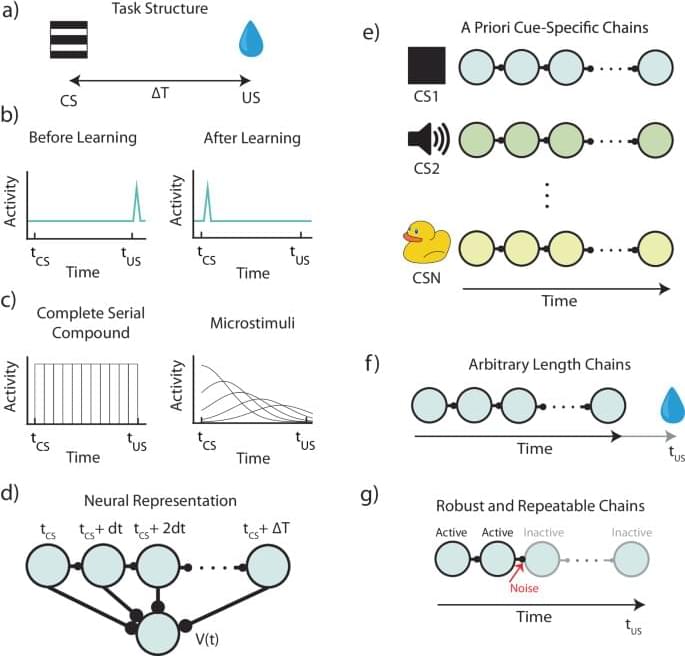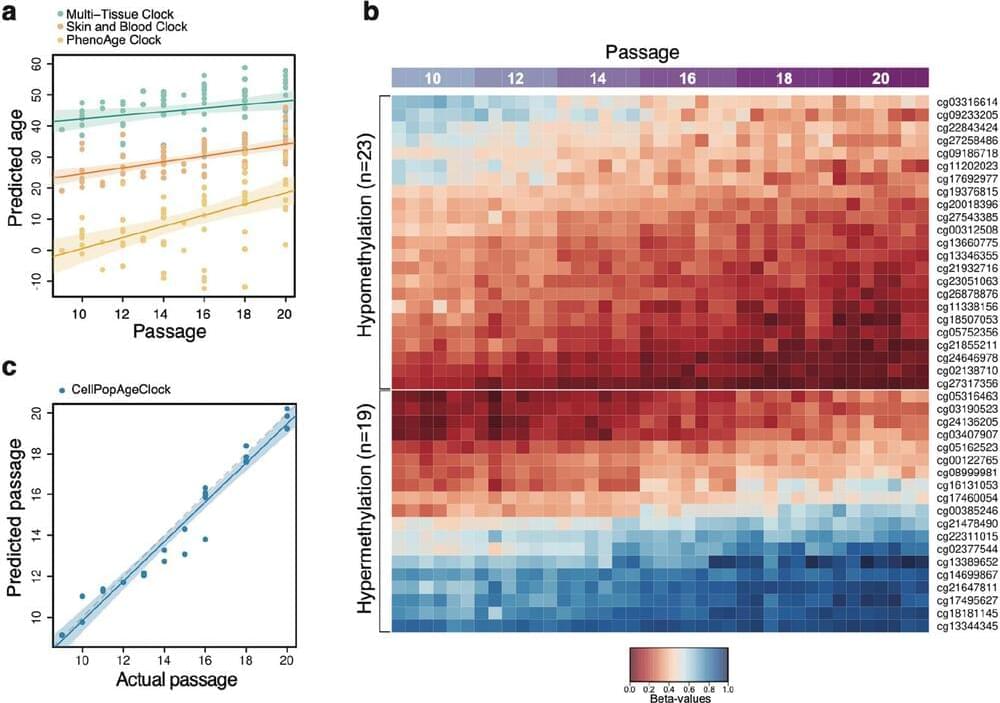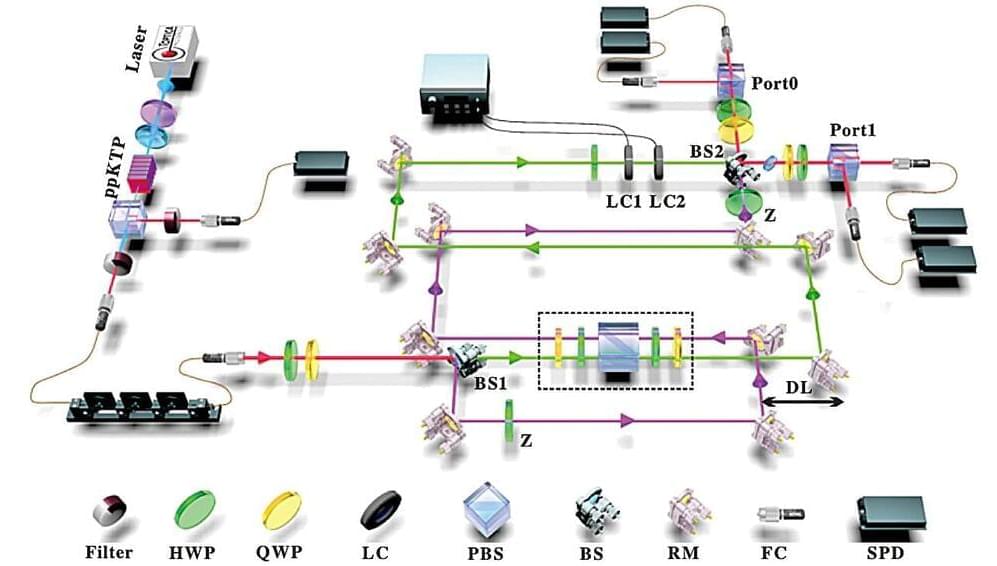Jul 15, 2024
The real long-term dangers of AI
Posted by Dan Breeden in categories: information science, mathematics, robotics/AI
Read & tell me what you think 🙂
There is a rift between near and long-term perspectives on AI safety – one that has stirred controversy. Longtermists argue that we need to prioritise the well-being of people far into the future, perhaps at the expense of people alive today. But their critics have accused the Longtermists of obsessing on Terminator-style scenarios in concert with Big Tech to distract regulators from more pressing issues like data privacy. In this essay, Mark Bailey and Susan Schneider argue that we shouldn’t be fighting about the Terminator, we should be focusing on the harm to the mind itself – to our very freedom to think.
There has been a growing debate between near and long-term perspectives on AI safety – one that has stirred controversy. “Longtermists” have been accused of being co-opted by Big Tech and fixating on science fiction-like Terminator-style scenarios to distract regulators from the real, more near-term, issues, such as algorithmic bias and data privacy.
